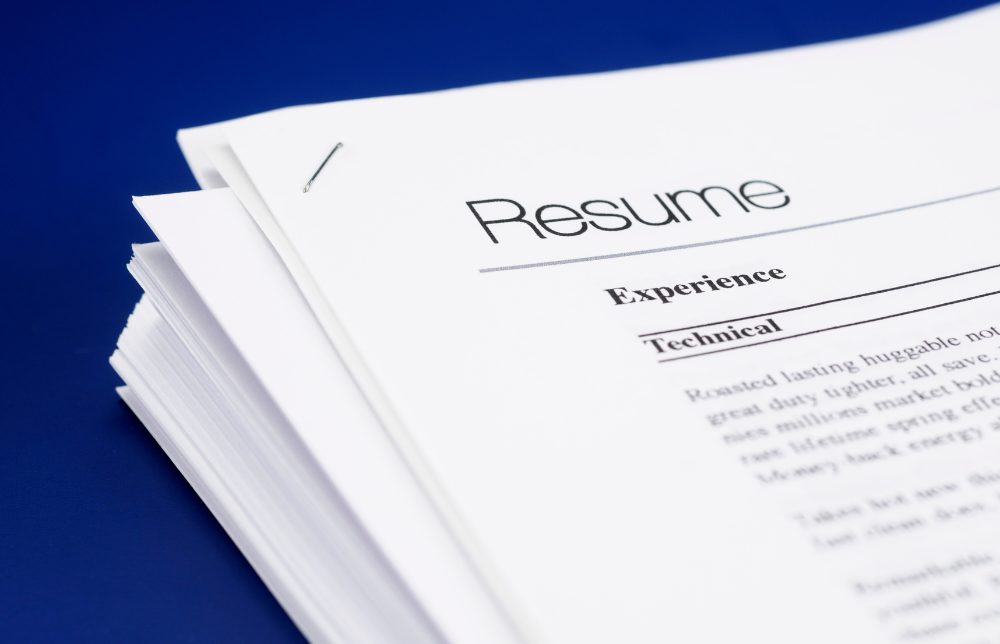How to build team resilience
In today’s stressful, uncertain times a perennial hot topic will be resilience. Resilience is universally defined as your ability to cope with tough times by applying your inner strength and ...

In today’s stressful, uncertain times a perennial hot topic will be resilience. Resilience is universally defined as your ability to cope with tough times by applying your inner strength and engaging support networks.[1] Resilience can enable you to face difficult situations and maintain good mental health. Sounds like an invaluable trait to hold right about now…
Unfortunately, whenever resilience is mentioned it’s often accompanied by two interlinked myths. The first is the commonly held belief that resilience is not something you can develop; you’re either born with it or you’re not. The second myth is that you can only build resilience through experience. Both are untrue. Anyone can build resilience – and there are techniques to build resilience both in yourself and in others.
Dispelling these myths is important, because if anything will get people through COVID-19 it will be resilience, especially in the workplace. Resilience is as much a characteristic of high-performing groups as of high-performing individuals – but what’s perhaps less known is the key role leaders play in building team resilience.
Building team resilience is often interpreted as simply growing a “thicker skin” to guard against undue stress. While that might be useful, it’s not necessarily sustainable – and how does one do that anyway?
Research[2] suggests that the ability of a leader or manager to address the physical, mental and relationship needs of their team is the foundation of trust. These needs apply at all times but are magnified during times of crisis. Expanding upon those:
- Physical needs: Meeting needs to feel secure and safe
- Mental needs: Meeting needs to build psychological resilience
- Relational needs: Meeting needs for connection and belonging
The research suggests: “Leaders who rise to the challenge will help their people develop human resilience – the ability to adapt and engage through difficult times. Distilled to one essential message: your workforce is looking to trust you. And it will trust if it believes leadership cares for each individual, the community, and humanity as a whole.”
In practice, here are 4 ways leaders and managers can build team resilience.
1. Walk the talk
Managers and leaders play a key role in promoting adaptive behaviours. How they respond to setbacks plays an important tole in building resilience in teams. Their response can either be a model for building or eroding resilience. If managers and leaders show resilient behaviour and thinking, they can spark it in others. Simple ways to do this include promoting optimism about the achievement of goals, celebrating success, and promoting learning from failure (but not dwelling it). An ability to embrace failure will determine how well team members grow and learn in a high-pressure environment. A negative relationship to failure or not allowing teams to innovate for fear of failure can inhibit growth.
2. Build a culture of support
Leaders also have a major impact on how their team members interact with each other. While maintaining productivity and profitability remains a key priority regardless of external conditions, instead of focusing solely on results, leaders should also focus on their relationship with employees and their relationship with the company. Be transparent about each employee’s role within the company and why their contribution matters. Empathise with them when they’re having rough days.
Not sure where to start or what your team members need most of all? Ask them! Listen to your team, act on the feedback they provide, and, importantly, communicate this message: “I hear you, and here’s what we’ve done based on your feedback.” An engagement or pulse survey – such as those offered by ELMO Survey – can help.
3. Develop a sense of purpose and belonging
Leaders and managers are uniquely placed to develop a collective sense of purpose, cohesion and belonging among their team members. There are echoes here of resilient families. Organisational psychologists have discovered that the more resilient families tend to promote family cohesion, celebrate family events, develop a culture of their own, support and advocate for one another, and display good communication. The same foundations can apply to work teams.
Also remember that shared purpose and values will give employees the sense of belonging they so desperately need right now. With quarantines and social distancing applicable everywhere, employees need a sense of connection, so make sure you’re communicating regularly through multiple channels.
4. Know your team
A separate study[3] found that team resilience are intimately familiar with one another’s knowledge, skills and abilities, so they can draw upon the right expertise at the right time. At a time when work is far from normal, this ability to improvise and develop new ideas to handle adversity is like gold. The manager or leader should acutely understand individual strengths and skillsets.
Resilience is not about buckling down and redoubling your efforts, especially as that may not be possible in the new world of work. A “head down, tail up” approach without time for reflection may even lead to burnout. Work smarter, not harder, and take the time to appreciate the strengths of individuals in your team. Everyone has strength within – sometimes we just need a helping hand to draw it out.
ELMO Cloud HR & Payroll can help business leaders manage their workforce, even while operating remotely. As a cloud-based solution, ELMO helps employers manage their teams from anywhere at any time from a secure, centralised database. All employee-employer touchpoints are covered by ELMO’s suite, from ‘hire to retire’. This includes recruitment, onboarding, performance management, payroll, rostering / time & attendance, learning & development, and more. For further information, contact us.
[1] healthdirect.gov.au/resilience
[2] Cited in: “Human Resilience: What Your People Need During COVID-19”, Accenture, 20 March, 2020
[3] Survey of 2,000 National Collegiate Athletic Association coaches, cited in “The 4 Things Resilient Teams Do”, Harvard Business Review
 HR Core
HR Core 









